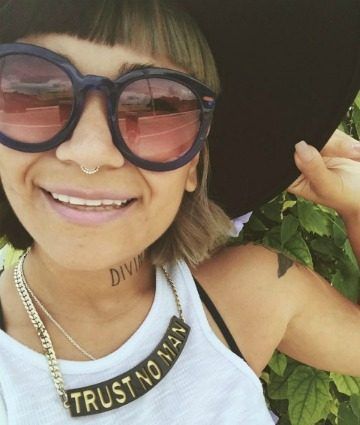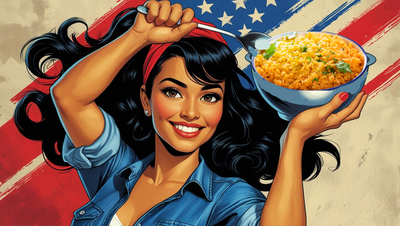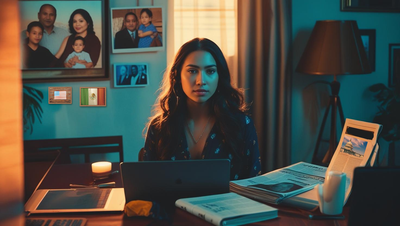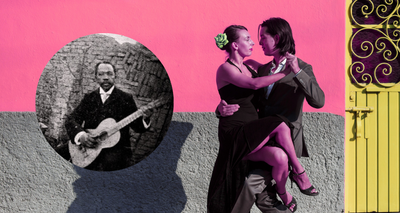Latinidad is an ethnicity, it is a name given to people from an ancestral line that is traced to the Caribbean and/or Latin America. It is a descriptor, a check in a box; it is something that is not up for debate, you’re either Latinx or you’re not.
I have met one too many Latinx who has been told they are not “Latinx enough” or “Hispanic enough” and I have never understood that because I do not see Latinx as looking, acting, being from one place, class, race. But I also understand that it happens, I have seen the real tears of non-brown or “traditionally” Latinx aka they didn’t grow up speaking Spanish or are mixed. And they felt ousted and shamed. I know it happens, and I know it must be hard for those people, feeling like an outsider in with your own people.
However, I am also a brown Latina. I have prominent indigenous features and I have been called “india” as a slur ever since I can remember. So when I talk about my brownness I do it with the intentionality of a Latina who was told to not go to the sun too much, and to grow out my bangs so I don’t look too indigenous. When I claim brownness I claim the reality of being a Latinx who was never white enough to date the “good looking” aka white Latinxs, nor black enough to understand the plight of what it means to be erased within the Latinx community. So I write about that reality, because it is the only reality I know, and it is the only reality that I can truly reclaim within the blanket of my Latinidad.
When I go into spaces, and I talk about what it means to be a brown Latina, I am not talking about a communal brownness and I am not talking about a cultural brownness, because to say those things is to erase white-passing and Latinx who experience white privilege and got to see themselves represented in Univision and Telemundo, and in all our Telenovelas. I KNEW Marimar was beautiful because she has primarily European features. To talk about communal brownness or cultural brownness is to erase black Latinx who have existed and have been told they are not good enough and have been pushed to the side as if associating ourselves with blackness diminishes our raza. I do not talk about communal or cultural brownness because that is term is false, and does not exist.
I also knew, growing up, that I did not have those whiter more desirable features. Because being Latinx is about proximity to whiteness, power, access, etc. Being Latinx means were are living in a culture that worships at the ground of colorism. So when I write about brownness I am writing for those brown Latinx who haven’t seen themselves represented in any platform, positively. Because yes, we have seen La India Maria, but for every one India Maria there are 100 Xuxas I knew were pretty and desirable.
I grew up seeing all our beauty pageant queens looking nothing like me and my family, I knew the hierarchy well. I knew it so well I longed for blonde highlights and I got myself that pair of green contacts I wore swearing I could ACTUALLY pass and be considered pretty enough.
When I talk about brownness I am referring to a Latinx who felt ugly, visible only through a lens that rejected us because of the “almost there” skin tone but not quite. Not Cultureal When I write about brownness I am referring to a Latinx whose latinidad has probably never been questioned but we have also been subjected to stop and frisk because we look “too much” like those Latinx they are taught to distrust, and hate, and assume guilty upon glance.
I have met the occasional white privileged and/or white passing Latinx, who has felt excluded from my narrative – but that’s the point – to uphold this reality that is only ever highlighted when it is being vilified and rejected. I uphold that reality and I call it beautiful and resilient, and I praise our features, our wider set noses, our hairier bodies, and our darker skin tones. I praise it because for too long, and still, it is not.
 Prisca Dorcas Mojica Rodriguez, National Speaker, Guest Writer, Founder – Latina Rebels
Prisca Dorcas Mojica Rodriguez, National Speaker, Guest Writer, Founder – Latina Rebels






